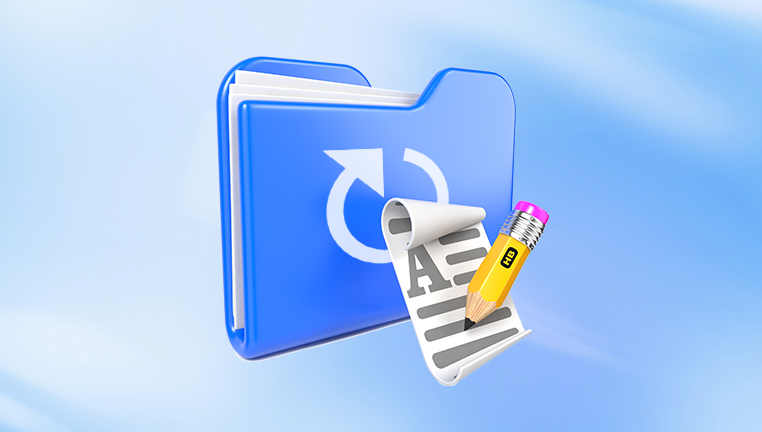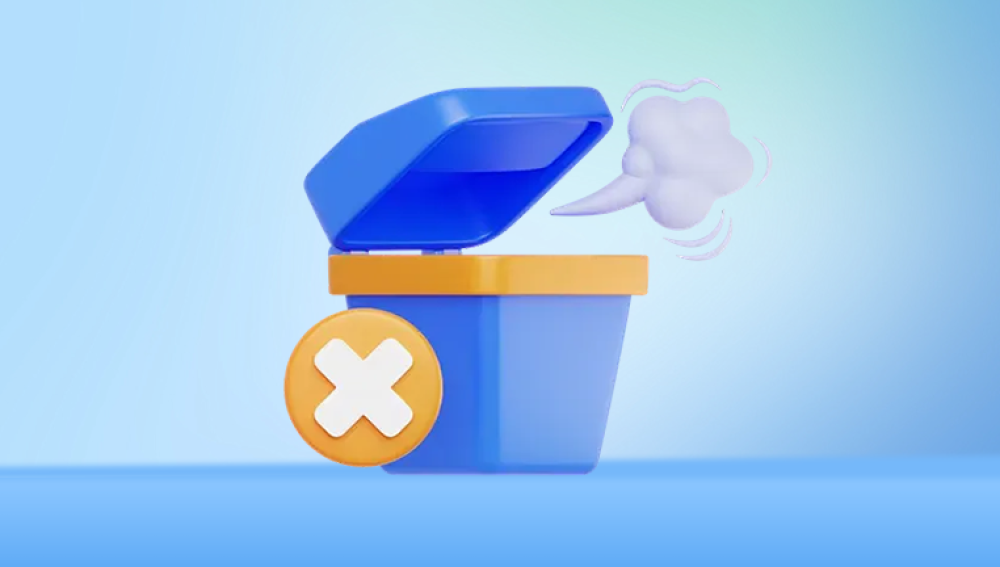SharePoint, developed by Microsoft, allows teams to store, organize, share, and access information from virtually any device. It offers seamless integration with Microsoft 365 tools, version history, and user-level access control all of which make it a top choice for businesses of all sizes.
Section 1: How Deletion Works in SharePoint
Before diving into recovery methods, it’s essential to understand how deletion works in SharePoint. SharePoint doesn’t immediately erase deleted content. Instead, it uses a two-stage Recycle Bin system.

1.1 The SharePoint Recycle Bin
When a user deletes a file, it goes to the First-Stage Recycle Bin (also called the End-User Recycle Bin). This is similar to your PC’s Recycle Bin and can be accessed by the same user who deleted the file.
If the file is deleted from this bin or if it remains there for 93 days it moves to the Second-Stage Recycle Bin, which is also known as the Site Collection Recycle Bin. This area is only accessible by site collection administrators.
1.2 Retention Periods
First-Stage Recycle Bin: Retains deleted files for 93 days.
Second-Stage Recycle Bin: Stores files that were deleted from the first stage until the 93-day period expires.
Understanding these stages is crucial because your chances of recovery depend on where the deleted file currently resides and how long it’s been since deletion.
Section 2: Recovering Files from the First-Stage Recycle Bin
2.1 Accessing the First-Stage Recycle Bin
To begin:
Go to the SharePoint site where the file was deleted.
On the left-hand menu (or settings icon on modern sites), select Recycle Bin.
Browse or search the list of deleted files.
2.2 Restoring Files
Once you've located the file:
Check the box next to the file(s) you want to recover.
Click Restore.
The file will be returned to its original location with all metadata (e.g., last modified date) preserved.
Section 3: Recovering Files from the Second-Stage Recycle Bin
If your file isn’t in the first-stage Recycle Bin, try the second-stage Recycle Bin.
3.1 Accessing the Second-Stage Recycle Bin
Only Site Collection Administrators can access this:
Go to the Recycle Bin.
Scroll down to the bottom and click Second-stage recycle bin.
Look through the list of deleted files.
3.2 Restoring from the Second-Stage
To restore:
Select the file(s).
Click Restore.
Again, files will be restored to their original location.
Section 4: Recovering Files from SharePoint Document Version History
Sometimes, a file may not be deleted but overwritten. SharePoint keeps versions of documents.
4.1 Accessing Version History
Navigate to the library where the document resides.
Right-click on the file (or click the three dots ... next to the name).
Select Version History.
You’ll see a list of all prior versions of the file.
4.2 Restoring a Version
Identify the version you want to restore.
Click Restore next to that version.
Confirm the action.
This will make the older version the new current version, but previous versions will still be accessible.
Section 5: Using OneDrive to Recover Deleted SharePoint Files
If you’re syncing SharePoint files with OneDrive for Business, you might recover deleted files from your OneDrive Recycle Bin as well.
5.1 Checking OneDrive’s Recycle Bin
Go to OneDrive via office.com.
Click Recycle Bin on the left menu.
Search for the file.
If found:
Select it.
Click Restore.
This method works if the file was synced and deleted from your local machine.
Section 6: Using Microsoft Purview Compliance Center (Admin Method)
If neither Recycle Bin holds the file and it's been more than 93 days, Microsoft 365 admins can try the Purview Compliance Center for recovery.
6.1 Content Search Feature
Go to compliance.microsoft.com.
Navigate to Content search (under eDiscovery).
Create a new search query targeting the SharePoint URL and file type.
Export the results.
Note: You must have the right permissions (e.g., eDiscovery Manager role) to use this feature.
6.2 Limitations
Recovery is possible only if audit logs are enabled.
Advanced retention policies must be in place.
This method is more suitable for legal or compliance recovery.
Section 7: Restoring a Site to a Previous Point in Time
In extreme cases, such as ransomware attacks or mass deletions, admins can restore the entire document library or site to a previous point using Microsoft 365’s Restore Library feature.
7.1 Restore Library (for Document Libraries)
Open the document library in SharePoint.
Click the gear icon > Restore this library.
Choose a date (e.g., yesterday, last week).
Click Restore.
This will undo all changes made since that time.
7.2 Restoring Entire Site (Admin Only)
Admins with appropriate rights can restore a deleted site from the SharePoint Admin Center.
Go to Microsoft 365 Admin Center.
Navigate to SharePoint Admin Center > Deleted Sites.
Select the site.
Click Restore.
This action will restore everything associated with that site, including all document libraries.
Section 8: Using PowerShell to Recover Deleted SharePoint Files
PowerShell can help retrieve data from SharePoint Online via scripting.
8.1 Prerequisites
Install SharePoint Online Management Shell.
Connect using:
Connect-SPOService -Url https://yourtenant-admin.sharepoint.com
8.2 Commands
You can use PowerShell to list and restore files, such as:
powershell
CopyEdit
Get-SPODeletedSite Restore-SPODeletedSite -Identity https://yourtenant.sharepoint.com/sites/sitename
PowerShell is useful for large-scale recovery tasks or automating regular checks.
Section 9: Preventative Best Practices
Deleted files don’t always mean disaster, but preventing data loss is better than reacting to it.
9.1 Enable Versioning
Make sure all document libraries have versioning enabled. This way, even if a file is overwritten, older versions remain accessible.
9.2 Educate Users
Train users on:
How deletion works
The importance of version history
Using OneDrive sync responsibly
9.3 Set Up Retention Policies
With Microsoft Purview, configure retention policies for critical files to retain content for a defined period—even if deleted.
9.4 Backup Solutions
Consider third-party backup solutions such as:
Veeam
AvePoint
Datto
Acronis
These allow long-term backups beyond SharePoint’s 93-day window.
Section 10: Troubleshooting Common Problems
Here are a few common issues users face when trying to recover files from SharePoint:
10.1 “Recycle Bin Not Found”
Cause: The user doesn’t have permission.
Solution: Contact the site collection administrator.
10.2 “File Not in Recycle Bin”
Cause: More than 93 days passed, or the file was permanently deleted.
Solution: Try eDiscovery or Microsoft support.
10.3 Overwritten File Recovery
Use version history or restore the library to a previous date.
10.4 Missing Files After Sync
Check the OneDrive Recycle Bin, or restore from version history in the synced document library.




